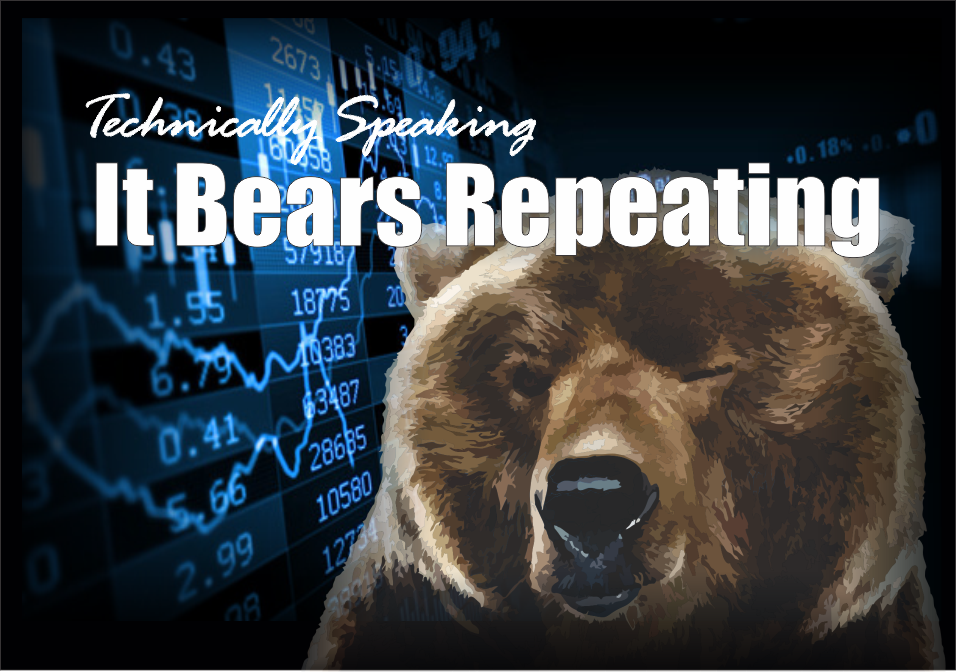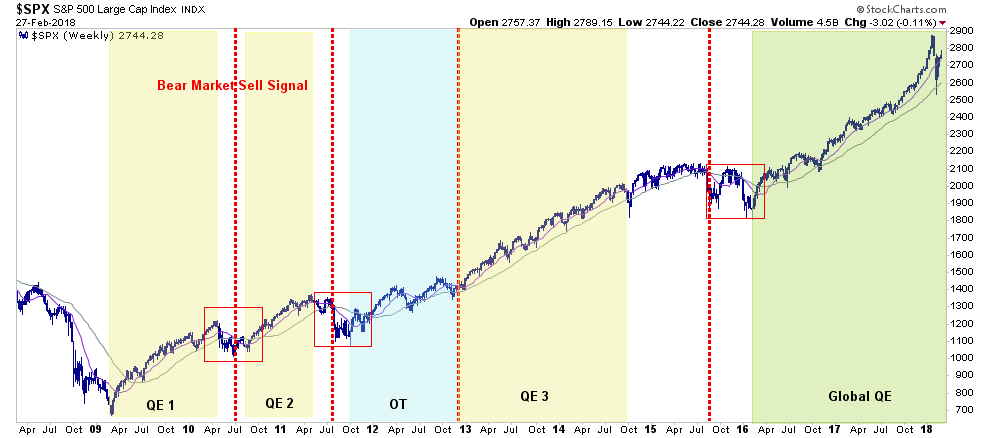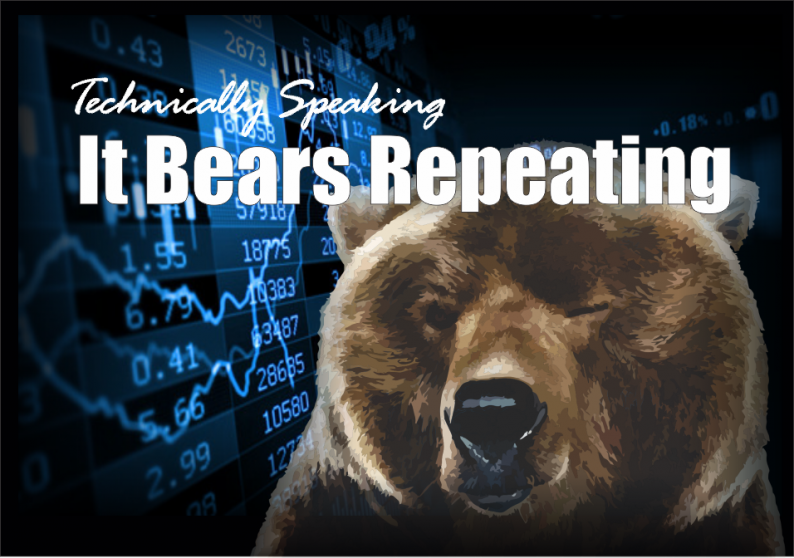
My friend, Doug Kass, recently penned an interesting note in his daily diary entitled “It Bears Repeating.” To wit:
“Several acquaintances I have that have consistently had bearish market outlooks acquiesced after Friday’s market ramp and have taken off their short hedges.”
Yes, that would be me.
But his important point is next.
“If, as I suspect, the early February dive was a tremor before the quake — I want to move back into a short position (consistent with my intermediate-term bearishness).
But, frankly, the timing of this move has never been more difficult.
Buyers live higher and sellers live lower in this world in which we are now often trying to interpret market, sector and individual price patterns that are ‘artificial.’
When bears grow bullish, in part, on possibly faulty data — we should all take a pause and reflect upon the possible downside and begin to cull out long positions which no longer have an attractive reward vis a vis risk.”
More Difficult Than Ever
Doug is absolutely correct. In my 30-year career of managing money in one form or another, I have never witnessed a time more difficult to navigate than what we have witnessed over the last several years.
Central Bank interventions, the explosion of leverage due to low-interest rates and the “rise of the machines,” has made managing risk in portfolios exceedingly difficult.
As shown in the chart below, there were several occasions over the last decade that should have devolved into steeper declines.

However, in each case, as historically important “sell signals” were triggered, Central Banks globally stepped in to stop the decline. Between those central bank interventions, and the force of mechanized trading, it has trained the investing public to ignore the “bearish” crowd and pile into excessively risky investing strategies which will eventually end tragically.
Just by saying that, I am a “bear.”
What investors would rather hear is:
“Fughetaboutit, just buy stuff and hold on as this market can only go up from here.”
After all, in hindsight it would have been the right thing to do.
It just won’t always be the case. (See, there I go again, being all bearish.)
Neither Bullish Or Bearish
As I have often stated, I am not bullish or bearish. My job as a portfolio manager is simple; invest money in a manner that creates returns on a short-term basis, but reduces the possibility of catastrophic losses over the long-term. The table shows the actual point gain and point loss for each period. As you will note, there are periods when the entire previous point gains have been either entirely, or almost entirely, destroyed.












Leave A Comment